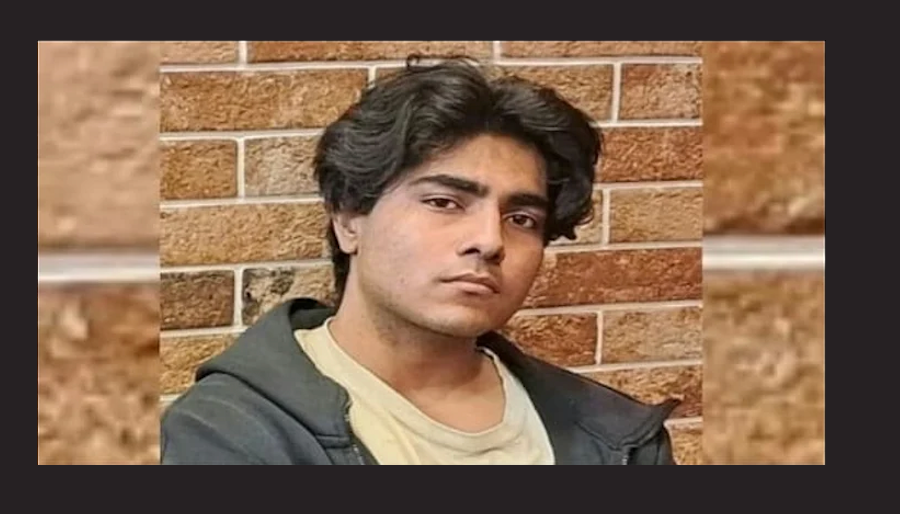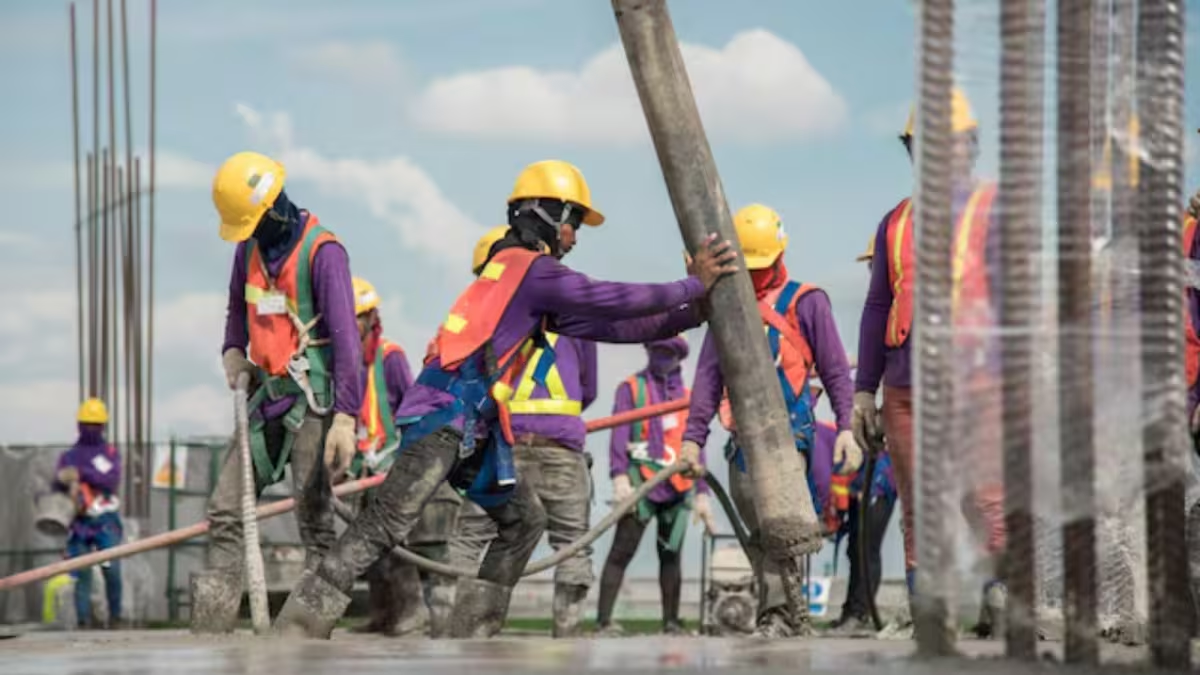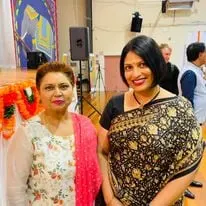Over 60,000 Surveillance Committees visited over 90,000 Revenue Villages, To carry out this mammoth door-to-door exercise in the crucial months of April and May 2021
In the interior parts of the Indian State of Uttar Pradesh, a large number of small-scale farmers live in abject poverty, and Gajraj is one of them. He lives in Harrajpur village of Bahraich, Kesarganj. He has taken it for granted that nobody cares for him, least of all the State Government.
Surviving on a small piece of land with his wife and six children had become all the more worse after the government imposed the post-pandemic restrictions. He found it difficult even to arrange for transport to take his produce to the nearest distribution centres.
So when one morning he heard someone at his door saying, “Sarkar ke taraf se aayen hain (we have come from government),” he was taken aback to see a team of three persons.
A pleasant surprise awaited him as the trio said they had come to check on them for Covid symptoms and proceeded to test when his wife said she had a mild cough and irritation in the throat. Gajraj and his wife were new to this level of care and personal touch and stood with folded hands as medicine kits were handed to them, listening to the guidelines for prevention.
The team members persistent efforts and no-nonsense attitude on the ground helped net in the desired number of tests and brought in a high conversion rate even among the hitherto needlessly reluctant and fearful inhabitants of these village areas
And this was not just for him and his family, but for all of the 17 crore people in UP. Over 60,000 Surveillance Committees visited over 90,000 Revenue Villages, To carry out this mammoth door-to-door exercise in the crucial months of April and May 2021.
These figures testify how the Uttar Pradesh Government has taken up cudgels against the pandemic that has today turned things topsy turvy the world over, with India topping charts of death rates and cases detected in this second wave.
So reining in the mounting cases in UP, with an aggressive focus on the rural areas, in the country’s most populous state, was no mean task.
The sheer grit and determination of the Yogi Adityanath Government made the impossible come true, with its strategy of micro-planning for early detection and proper treatment.
The team members persistent efforts and no-nonsense attitude on the ground helped net in the desired number of tests and brought in a high conversion rate even among the hitherto needlessly reluctant and fearful inhabitants of these village areas.
Working on the World Health Organisation (WHO) T3 model that worked wonders of sorts for Uttar Pradesh. The various meticulously formed and then trained teams of the UP Government Surveillance Committees fanned out to the remotest nooks and corners of the state to implement T3 – Test. Treat. Track.
This is how the core of the diagnostic treatment and surveillance strategy made sure every suspected Covid case was tested, every confirmed case treated with quality assured medication, and the disease tracked through a timely and accurate surveillance system.
It is noteworthy that, unlike last year, there was a definite paradigm shift in UP’s Covid Management strategy, with the focus on rural areas during the second wave. In fact in April and May, 70 per cent of the tests conducted were in rural areas.
In addition to this, the 8000 odd Rapid Response Teams (RRTs) ensured those with mild symptoms should stay in home isolation, while those serious be sent to better facilities, capable of dealing with any exigency. This was indeed a unique achievement for the Yogi Government.
One can truly gauge the level of absolute intrusive working of Chief Minister Yogi Adityanath’s team from the fact that Komal (24), a call attendant at one of the four CM Helpline offices in Lucknow, No. 1076, takes a minimum of 150 calls per day.
She conducts the tracking operations by talking to patients in home isolation. Her queries include inquiries about team visits, medicines if given then for how many days, the number of family members and how many of them infected, besides whether all family members had been tested or not and also whether sanitization had been done. She then goes on to organize oxygen etc in case of any emergency. Working in two shifts of 500 workers each, the team handles calls in all of 84 rural districts at this helpline centre.
In fact, it is the timely and accurate diagnosis that significantly improved the quality of care and ensured that medicines are used rationally and correctly. The scale-up, quality-assured anti-Covid medicines in public, particularly in the rural areas, ensured that all Covid patients received prompt treatment. At the same time, improved surveillance for Covid active cases and deaths helped determine which areas, chiefly in the rural segment, were most affected and helped target resources to where they were most needed.
Coupled with all this, the partial curfew on weekdays and weekend curfews proved tremendously beneficial. The partial angle kept people indoors, so that leave alone over-crowding even crowding was absent, thus harnessing the virus spread, which is now more than just evident with the appreciable and steep decline in both, the number of case and deaths.
On the other hand, in terms of the consumer market, firstly, several routine businesses could continue functioning, thus taking care of the bread and butter of a large chunk of the populace, while secondly, the people, in general, had access to regular facilities and could afford the requisite movement too, without any hindrance or discomfort.
This strategy emerged more fruitful than Maharashtra, Delhi, Kerala and Tamil Nadu that followed the Five-Level and Odd-Even theories.
So whether it was replicating and executing the T3 model for tackling Covid 19 the disease or implementing lockdowns and curfews to curb the spread, goes without saying that the picture of the judicious handling of the entire situation that has unfolded, is truly and surely a moment of pride for the Yogi Adiyanath-led UP Government.








